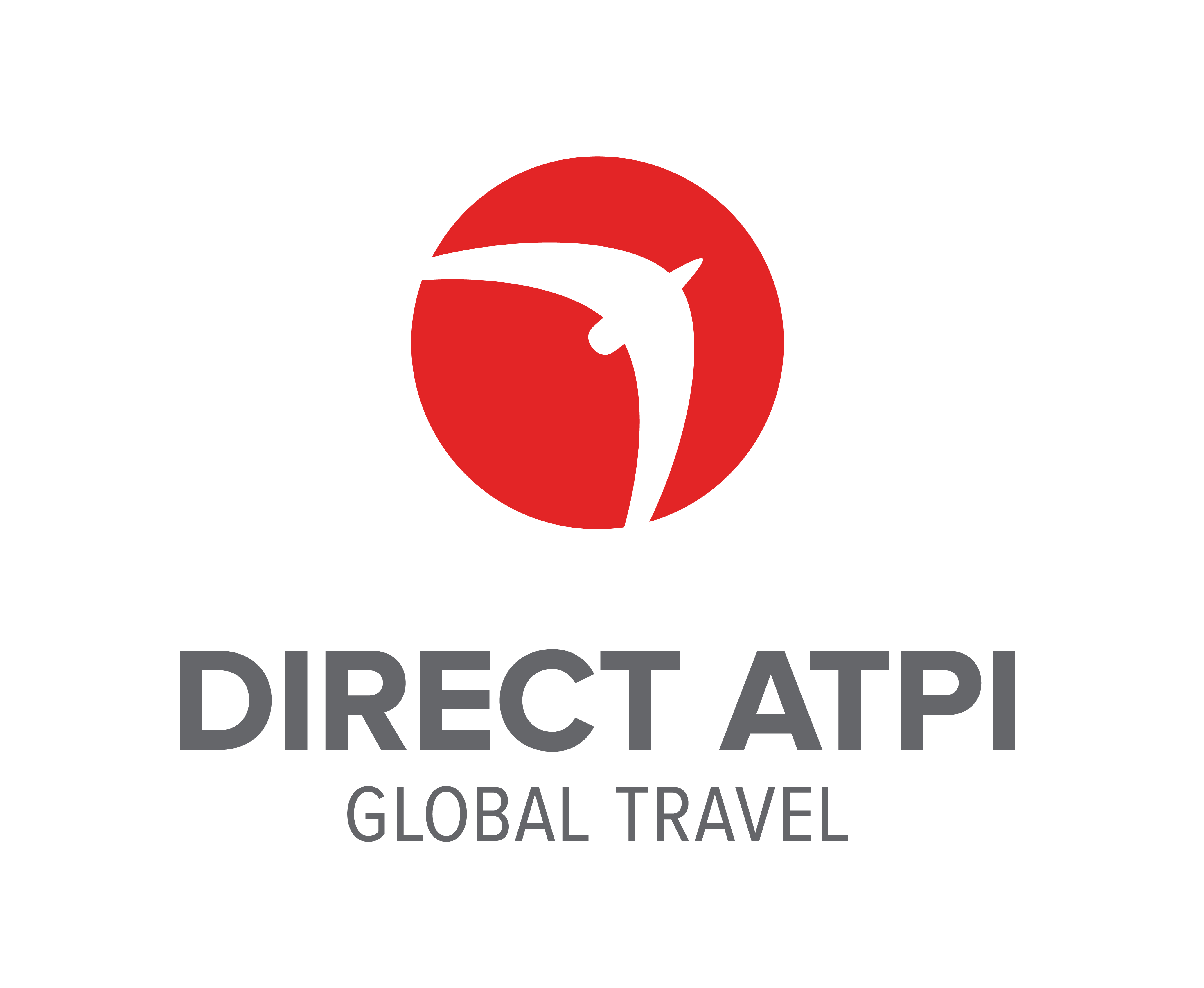Net Zero and the Travel Industry
.png/fit-in/1200x9999/filters:no_upscale())
We are just over 26 years away from the worlds net zero carbon emissions deadline. So where are we in relation to what we need to achieve? And why does the travel industry always bear the brunt as the polluter of the planet?
Visibility is the main factor.
We see planes in the sky leaving huge vapor trails behind them, cars, buses, and other vehicles on our roads emitting exhaust fumes, and ferries and trains all transporting people to their destinations.
COP 26 in Glasgow saw over 300 companies sign the Declaration on Climate Action in Tourism which was hailed as the biggest commitment and major turning point for the travel industry, but most major international airlines and hotel chains didn’t sign the declaration.
The airlines and hotel chains realised that the technology and reporting capacity to adhere to the declaration would not be possible to achieve in the 90-day grace period. Many signatories of this agreement professed their green credentials, but to some this was merely ‘green washing’ without the true commitment required to achieve the targets set in Kyoto and Paris.
So, what is the industry doing?
Post-covid travel exploded back in February 2022 with a huge impact on resources. All airlines, hotels, rail operators and TMC’s were left desperately short of staff globally. The industry has gradually rebuilt itself to surpass pre-covid strengths and despite current economic issues, travel is thriving again. But with its resurgence, carbon levels are increasing more than ever. With this growth, a need to reduce carbon output has become a major target throughout the whole travel industry.
As stated previously, travel is very visual, however global travel is still only responsible for 8% of total greenhouse gas emissions. The whole industry has embraced its responsibilities and each element is working hard to achieve self-set and government set targets to help tackle climate change and reach net zero by 2050.
SAF (Sustainable Aviation Fuel) has not gone into production globally and currently bears little impact on emissions, but with investment in production and technology we will soon see benefits across our skies. Virgin Airlines flew its first transatlantic flight from Orlando to London in 2018 using SAF. By 2030, 10% of Virgins fuel consumption will be SAF. Other airlines in the Star Alliance Group (led by Lufthansa) have invested heavily in SAF and have introduced ‘green’ fares with offset charges built in (making it easy to promote and pay without the end user feeling they are being ‘taxed’ further to travel).
Modal shift from air to rail is making an impact, especially in Western Europe (one of the most densely populated areas where flying between cities has been the norm for decades). New high speed ‘electric’ trains are being commissioned to bring faster, smoother, and ‘greener’ travel options between many countries in the region. Policy and decision makers in the UK industry and commerce can see the benefit of moving staff who travel from air to rail too. Similarly in the car rental arena, the move from fossil fuel models to electric contributes to lowering emissions for the travel industry.
How Selective Travel Management can help:
At Selective Travel Management, we are passionate about providing sustainable travel solutions. Using the latest and most innovative technology, we can offer a ‘greener’ travel management programme that can help any business reduce their carbon usage and meet their sustainability goals.
If you would like to travel greener with Selective Travel Management, visit stand K63 at the Business Travel Show Europe from 28 – 29 June at ExCeL London.



)
)
)
)
)
)
)
)
)
)
)
)
)
)
)
)
)
)
)
)
)











